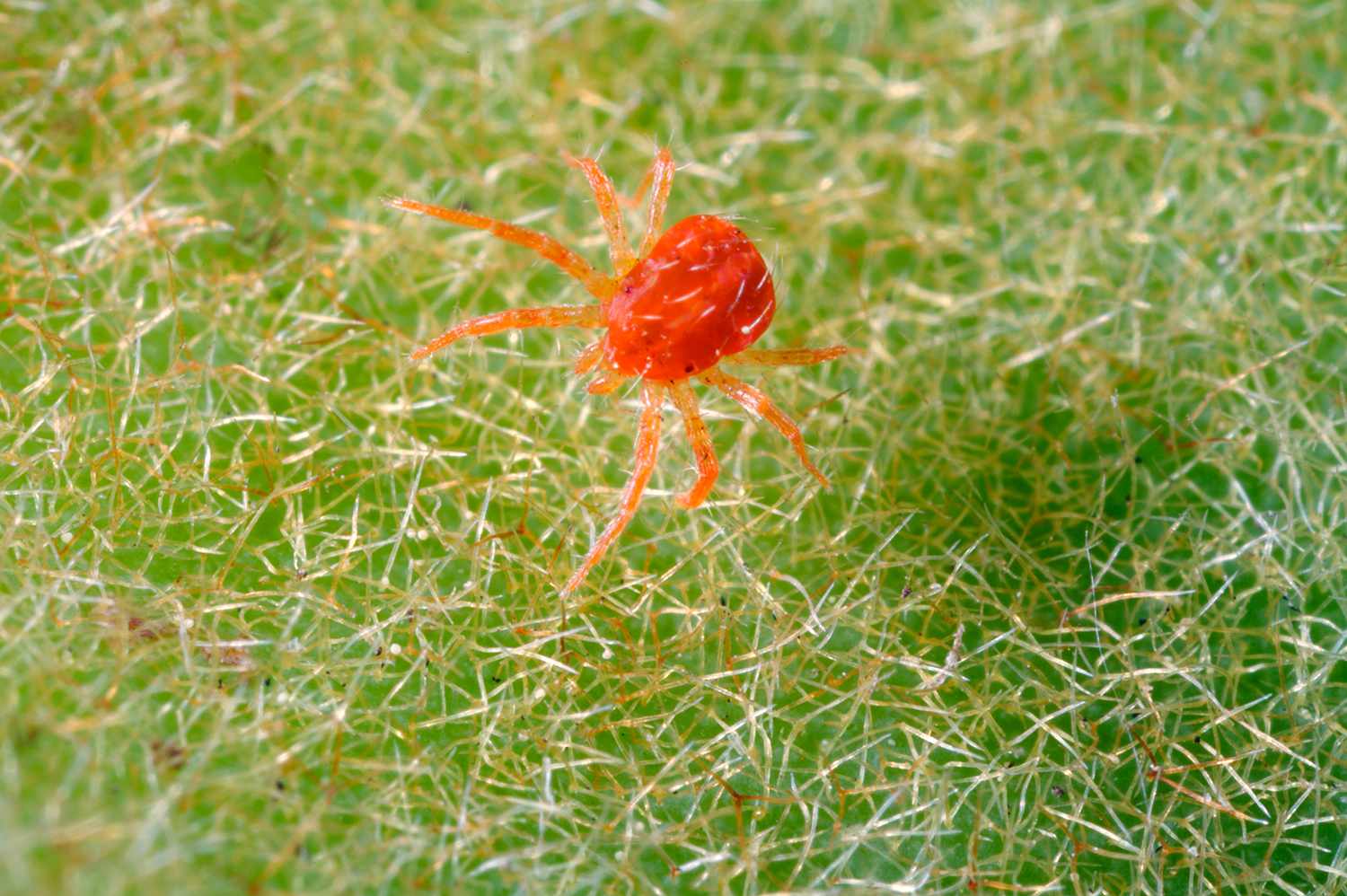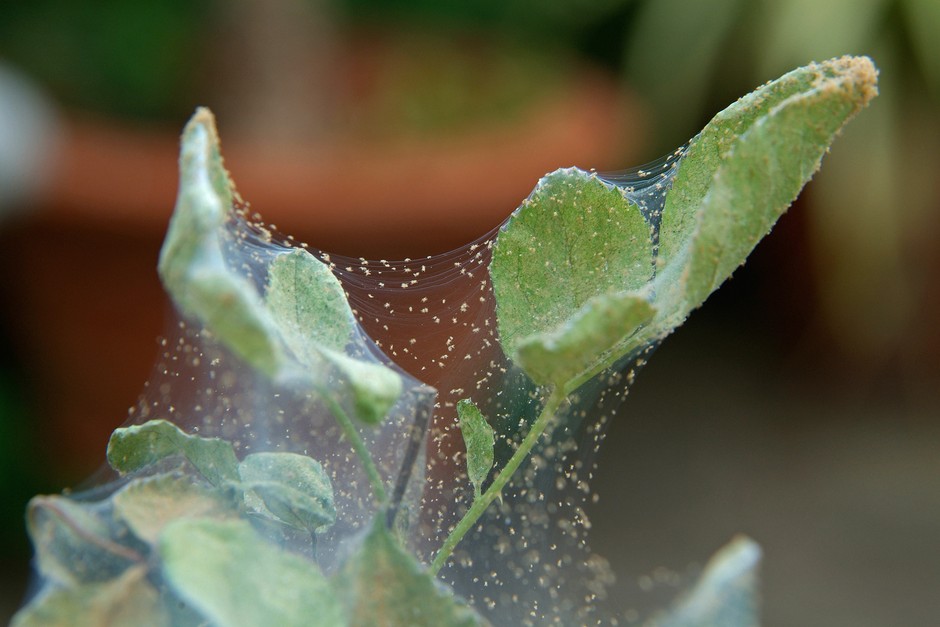
Dealing with the Tiny Troublemakers:
Ah, the tiny but troublesome spider mites! These sneaky invaders can turn your plant haven into a battleground, causing more distress than you might realize. As fellow plant enthusiasts, we know the frustration of nurturing your indoor jungle, only to have it threatened by these uninvited guests. In this guide, we'll not only help you understand the basics of battling spider mites but also share practical solutions to kick these unwanted critters out. Let's dive in and reclaim your indoor oasis!
Understanding the Menace:
Spider Mites Unveiled: Spider mites might be minuscule, but their impact is substantial. Picture tiny spiders creating fine webs as they feast on your plant's sap, leaving behind mottled leaves, brown spots, and a generally sad appearance. Unfortunately, they thrive in the dry, heated conditions of Canadian homes, especially during winters. To effectively combat these pests, it's crucial to understand their life cycle and the types of plants they commonly target. Certain plants are more susceptible to these intruders, so identifying these vulnerabilities is key to prevention.

Identifying Spider Mites:
Spotting the Signs: Recognizing the early signs of a spider mite infestation is critical for swift action. Keep an eye out for mottled leaves, tiny webs, and discoloration, which are telltale signs of their presence. To assist you further, we've compiled a guide with images for easy identification. Check it out here to ensure you catch the menace in its early stages.
The Battle Plan: Early Detection and Quick Response: The key to conquering spider mites is early detection and immediate action. Once you spot the first signs, follow this battle plan:
- Pruning: Trim away affected plant parts to remove a chunk of mites.
- Rinsing: Give your plant a regular shower to wash away mites residing on leaves and stems.
- Humidity Boost: Spider mites love dry conditions, so boost indoor humidity with a humidifier or pebble dishes near your plants.
- Organic Pest Control: Utilize insecticidal soap, mild dish soap, or neem oil mix on leaves, stems, and soil. Multiple applications are often needed.
- Isolation: Isolate damaged plants to slow the spread. Your indoor jungle will thank you.
What kills spider mites instantly?
While there isn't a method to instantly kill spider mites, there are effective ways to manage and control their population. Here are a few methods that can help:
-
Insecticidal Soap: Use a ready-made insecticidal soap or create a homemade solution by mixing mild dish soap with water. Spray this solution on the affected plants, focusing on the undersides of leaves where spider mites often reside. The soap disrupts their cell membranes and helps control their numbers.
-
Neem Oil: Neem oil is a natural pesticide with insecticidal properties. It can disrupt the life cycle of spider mites and act as a repellent. Mix neem oil with water and a small amount of mild soap, then spray it on the plants. Repeat the application regularly for better results.
-
Water Spray: A strong jet of water can help dislodge and remove spider mites from the plant. Regularly spraying your plants with water, especially the undersides of leaves, can prevent mite infestations and reduce their numbers.
-
Predatory Insects: Introduce predatory insects like ladybugs or predatory mites into your indoor garden. These natural enemies feed on spider mites and can help control their population.
-
Isolation and Pruning: Isolate the affected plants to prevent the mites from spreading. Prune and remove severely infested parts of the plant, reducing the overall mite population.
Remember, consistent and repeated application of these methods is crucial for effective control. Additionally, it's essential to monitor your plants regularly to catch any resurgence of spider mites early on.
Prevention and Long-Term Care:
Friendly Plants with Hidden Risks: Some seemingly pet-friendly plants might still pose a risk. For instance, the ZZ Plant, while visually appealing, is toxic to both cats and dogs. To ensure your pets and plants coexist harmoniously, be vigilant and research potential risks even with seemingly harmless greenery.
Conclusion:
A Call to Action: Now armed with knowledge and a battle plan, it's time to protect your indoor greenery. Share your spider mite stories or tips in the comments below. Together, let's create a community of plant enthusiasts supporting each other in the fight against these tiny invaders. Your indoor oasis awaits – let the battle begin! 🌿✨
Citations:
- Planet Natural: Spider mites are tiny pests that feed on plant sap and create fine webs, causing damage to plants.
- Canr: Spider mites thrive in dry, heated conditions, especially during winters.
- Conserve Energy Future: Early signs of a spider mite infestation include mottled leaves, tiny webs, and discoloration.
- Green Harvest: Pruning affected plant parts, rinsing plants, boosting humidity, and using organic pest control methods can help manage spider mite populations.
- The Spruce: Insecticidal soap, neem oil, water spray, and predatory insects can be used to control spider mites.
- Study: Consistent and repeated application of control methods is necessary for effective management.
- Gardening Chores: Some plants, like the ZZ Plant, can be toxic to pets.
- Quora: Sharing experiences and tips can help create a community of plant enthusiasts fighting against spider mites.



